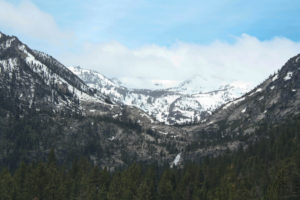Wishing everyone a very Merry Christmas.

Wishing everyone a very Merry Christmas.

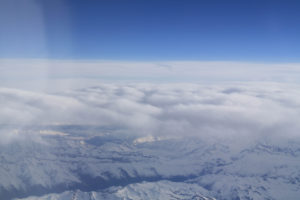
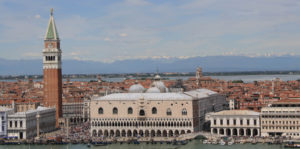
Recently, I read this bulletin about new security measures for flying to the U.S. According to Reuters, US-bound flights will have to comply with the government-imposed security measures, which could end up delaying the process for passengers. If you’re traveling back to the US., expect a broad range of new measures, including short interviews.
According to Airlines for America, the new policies will affect 325,000 airline passengers on about 2,000 commercial flights arriving daily in the US. Those figures include flights on 180 airlines from 280 airports in 105 countries. That’s a whole lot of people on a significant number of flights, so be aware that you may experience more delays than usual.
Lufthansa said that travelers could expect to encounter short interviews at check-in or at the gate, and passengers on Lufthansa’s Swiss should check-in at least 90 minutes before departure. In addition, Cathay Pacific said that it’s suspending in-town check-in and self bag-drop for passengers on direct flights to the US. The carrier advised passengers on flights to the US to arrive three hours before departure and to expect short security interviews.
The Department of Homeland Security announced that it was ending the infamous electronics ban in June. In order for any of the 10 airports in the Middle East and Africa to drop the electronics ban for their passengers, they were required to implement new security measures. Those restrictions were lifted in July, but the Trump administration said that it could implement new security measures on a case-by-case basis.
In July, the Transportation Security Administration said it was imposing new security measures for domestic flights, which would begin being rolled out to airports across the country. Security measures here at home include passengers having to remove larger electronics than cellphones from their bag to go through the X-ray screening alone.
Have you encountered any of these?
The U.S. Transportation Security Administration isn’t always looked upon kindly by weary travelers who have to endure long security lines at airports. But there’s another side to the TSA. It’s one of the friendliest government agencies you will ever meet on social media. If you have a question about air travel, what you can pack in your checked bags, or if you can tuck an orange into your carry-on, then ask away. The TSA will answer.
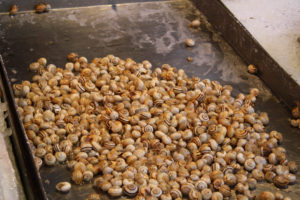
How do you ask them? Social Media…go figure.
So, can I pack snails?
The TSA has an active presence on popular social sites Twitter, Facebook, and Instagram. Usually Twitter and Facebook are the best places to ask questions. The TSA is available for your travel queries every day of the year, but it keeps Twitter and Facebook Messenger hours from 8 a.m. to 10 p.m. Eastern on weekdays and from 9 a.m. to 7 p.m. Eastern on weekends and holidays.
Here’s a simple idea: The @AskTSA account on Twitter lets you send text-only questions or include an image. This is a quick way to find out if you can pack an unusual item in your carry-on or checked luggage. Just snap a photo and tweet it to @AskTSA.
The TSA has recently answered questions ranging from whether you can bring a bouquet of flowers through the security checkpoint (yes, but only with no water and you must put them in a bin or on the belt for X-ray screening) to whether you can take a drone with you (you can bring it through the checkpoint, but contact your air carrier for specific policies on bringing it aboard the aircraft).
The Ask TSA Facebook page looks pretty barebones because the agency will only respond to queries sent through the site’s Messenger service. You can’t leave comments or questions on the page itself. The TSA has earned Facebook’s hard-to-get “Typically replies instantly” badge for its snappy Messenger responses. Keep reading to find out what happened when we put it to the test.
If you don’t want to use Facebook or Twitter, you can still get in touch with the TSA the old-fashioned way by calling its customer service hotline at 866-289-9673 during the agency’s business hours.
Their answers come quickly… And, no matter how serious or how seemingly trivial your travel-security question might be, the TSA is there to answer it, so take advantage of its social media access. You will no longer have to wonder if you can pack a can of green beans in your checked luggage (the answer is yes).
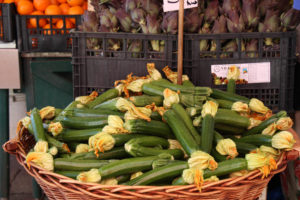
While you can ask the TSA for guidance with specific questions, the agency also offers some general travel tips that will help make your experience go more smoothly:
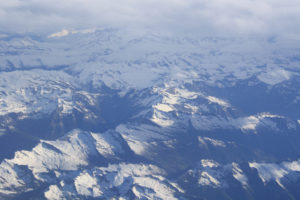
Things I’ve learned from flight attendants are really pretty simple and courteous acts we could all do when flying.
Here are a few:
They really do appreciate it when you board and de-plane quickly. This is their job, and they have things that need to be done after you leave the plane.
We’re supposed to listen to the safety instructions. Do you? Do you think it’s unnecessary to buckle your seat belt before take-off, or to make your seat full and upright? Well, according to the FAA, it is the job of the flight attendant to make sure that’s done…on every passenger. If not, they could lose their job. And, guess what? There are unknown riders on board who are watching what they do.
You know where the galley is, right? It’s not a free-for-all space. It’s for the flight attendants to prepare meals or snacks, and to talk to each other. They really don’t need you invading that space.
They are there to help you. So, if you feel sick or need something…ask. They can’t give you medicine, but they can bring you an airsick bag! In addition, most airlines prohibit crew members from helping you lift your bag into the overhead compartment. Why? Injuries. It’s about safety. Bottom line, if your bag is too heavy for you to lift…check it.
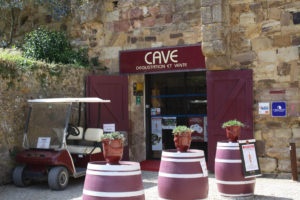
Traveling with kids? Be sure to have everything you need, as supplies may not be available from the flight attendants. And, don’t ask them to hold your kids while you go to the bathroom and freshen up. They aren’t babysitters.
Do you wear headphones to block out the noise? So do I. But, flight attendants appreciate it if you remove at least one when they are coming down the aisle asking what you’d like to drink.
Passengers who are prepared are wonderful. Ones who block the aisle while they load their bag into the overhead bin, then remove their jacket, then take out their magazines, then readjust their shirt, then stretch…not good passengers.
Finally, flight attendants love nice people. You’d be surprised how many people don’t even say hello, one flight attendant told me.

The first documentation of using the Champagne method to make sparkling wine appeared in the 1600s, and many of today’s most well-known Champagne houses, including Taittinger, Moët & Chandon, and Ruinart, were founded in the 1700s.
The Champagne appellation was formally created in 1936. Major houses launched marketing campaigns in the United States that portrayed Champagne as the ultimate luxury beverage for celebrations and aperitif-style sipping. Today, many Americans use the word Champagne to mean any and all sparkling wines.

Because of a combination of place, soils, grapes, and the Champagne process, Champagne is one of the most unique beverages in the world. Vintages vary dramatically due to the region’s marginal climate. For example, the differences between Champagne’s 61 Grand and Premier Cru villages are vast. Specific vineyards within those villages have unique terroirs, some of which are small, even tiny, parcels with completely different soils and aspects than those just next door.
Champagne has just three key grape varieties, with seven permitted in total. In addition, decisions about viticulture, aging, and blending create a huge variety of finished wines to study and dissect. Think of blanc de blanc, blanc de noir, rose, cuvee…
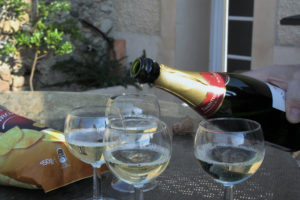
This diversity is one of the reasons why a Champagne-only pairing menu can emphasize the wine’s overall food-friendliness. With a combination of refreshing acidity and palate-cleansing bubbles, Champagne pairs with foods ranging from raw oysters to fried chicken, and everything in between. Those bubbles are not only lively to look at and refreshing to drink, but they offer you a drink relatively low in alcohol and fairly high in acidity.
Welcome to December…more snow for Lake Tahoe in the forecast
